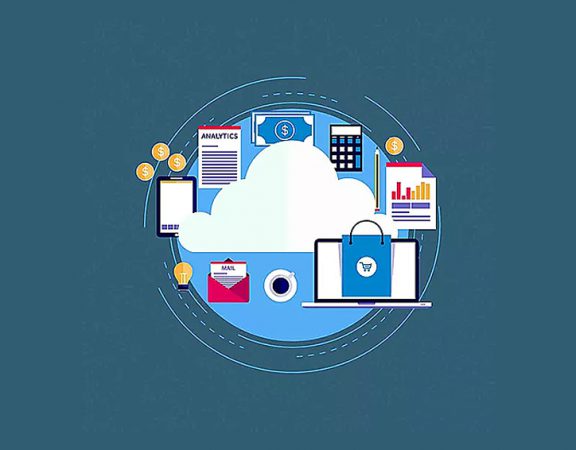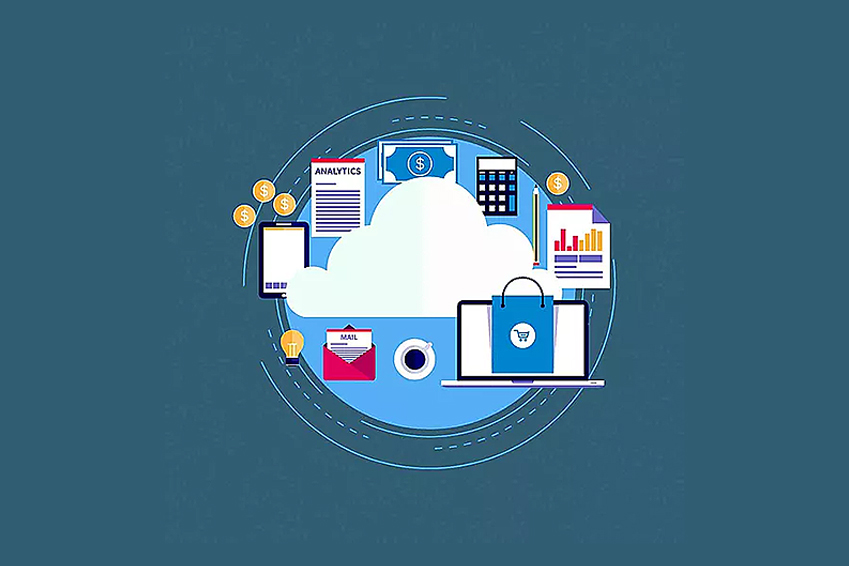

What is and how to choose the best Managed Service Provider?
What is?
A managed service provider (MSP) is an outsourced third-party company that manages and assumes the responsibility of a defined set of day-to-day management services to its customers. It is a strategic method of improving operations that is commonplace among large corporations as well as small and medium-size businesses, non-profit organizations, and governments.

MSPs give you access to remote Help Desk support, infrastructure management, firewall and virus protection, WAN/LAN health monitoring, scheduled on-site support and more…all focused on keeping your data safe, secure and accessible 24/7.
However, choosing the right Managed Services provider for your business may not be so … predictable.
How to choose best?
Focus on Prevention
Fixing problems before they take you down is essential to a solid operating system.
- Find out what steps the partner takes in order to prevent problems.
- See the methods of prevention in action.
- Look at the statistics that demonstrate prevention.
- Speak with the person or team in charge.
- Ask for previous reports.
You don’t necessarily need to understand the technical details of the reports, but you’ll be able to quickly figure out whether they take the necessary steps for prevention. You’ll have the total confidence that it will be there for your success.
Evaluate A Vendor’s Processes
You don’t have to be technical to see if they follow processes for service delivery.
- Find out what their processes are.
- Ask them to show you their process diagrams.
- See how they train their team on the processes that you’ll have implemented in your business.
- Speak with their team about the processes they follow.
In 30 minutes you will know whether the processes really exist or if they are blowing smoke.
What are Their Best Practices?
Their best practices should indicate whether you’re going to have a consistent and reliable experience that caters to your needs, or if you choose a reactionary service, whichever engineer happens to land on your “problem du jour”.
- Ask how many Best Practices they have in place, and then after they answer, ask for the list.
- Look at the repository of Best Practices. It’s helpful to have them show you one and walk through how it is utilized in real life situations.
- Talk to an engineer who uses some of these Best Practices to learn about his experience and gauge whether he likes it or not.
- Examine the results of their Best Practices efforts. Doing so will allow you to see whether their services are actually working well or not.
Get References
The last step is to speak with clients who are similar to you in size and productivity. Here are some guidelines to follow in order to get a better idea of the client’s experience with the vendor:
- Compare what you heard from the vendor with what the reference tells you.
- Pick your hot button points to review and explore this with the reference. Make sure you review negative comments with the vendor afterwards.
For example, your clients might complain that quotes in non-emergency situations can take a week or two to get back. This is correct. It is an intentional result of our Best Practice for Technology Refreshment and your quoting process.
Why Should You Care?
In this highly competitive marketplace we find ourselves in, you need to be able to set your company apart from all of the others by operating as efficiently and cost-effectively as possible. This is one of the most effective ways of staying competitive and succeeding in today’s market.
When you outsource your managed services, you can focus on your core business, such as your direction, strategies, and growth, instead of being bogged down by administrative work. Plus, the enhanced accuracy, reduced liabilities, and cost savings will help you manage your business to the best of your ability.
You and your in-house staff should be focused on the tasks that will drive profits and grow your business, not on the minutia of day-to-day responsibilities.

